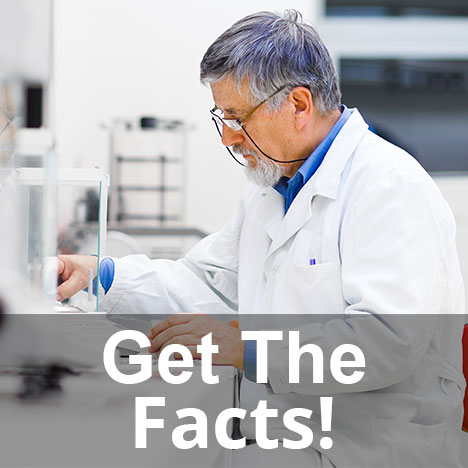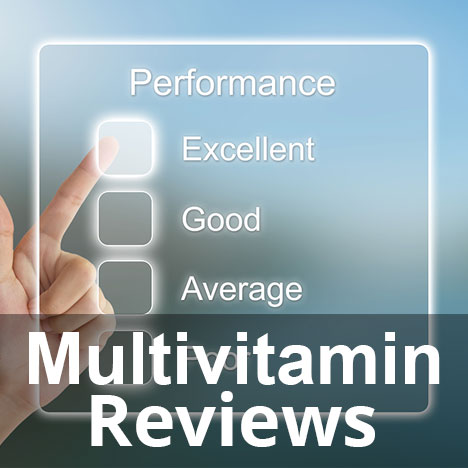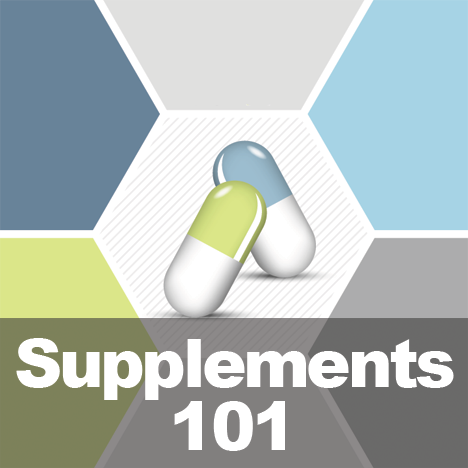High Quality Multivitamins
For one thing, quality is never assured. It may be surprising to hear that for anything labeled a health supplement – let alone multivitamins – quality cannot be guaranteed. Well, at least it cannot be guaranteed by the U.S. Food and Drug Administration. The fact of the matter is that while the FDA regulates multivitamin supplements, this is primarily to ensure they are safe. And needless to say, the FDA does not have an amazing track record of protecting consumers.
In the case of supplements, the FDA does not put multivitamins under the microscope before they make it to store shelves or are sold online. The responsibility for ensuring multivitamins are high quality and deliver what is actually marketed, lies with the manufacturer.
According to none other than the vitamin industry’s trade group, The Council for Responsible Nutrition, the FDA allows for “a reasonable amount of variation” regarding the levels of ingredients in multivitamin supplements. That “reasonable amount”, is up to 15% more of any single ingredient than shown on the label. The justification for this policy is that it ensures amounts will be at their minimum required level at the end of the supplements shelf life, being that supplements will lose their potency over time, and at a much faster rate if not stored at or below room temperature and away from direct sunlight.
According to leading consumer testing labs, one-third or more of multivitamins have issues with quality. And this just doesn’t lie with having too much of any given ingredient. On the other side of the spectrum, some multivitamins actually provide less of a stated ingredient. And there are also many quality issues concerning how multivitamins dissolve after being ingested so as to be properly absorbed and provide a benefit in the first place.
While paying more for a name brand does not necessarily make for a better vitamin, the adage “you get what you pay for” holds true if you also exercise due diligence when seeking out and researching multivitamin brands.
(NY Times)(ConsumerLab.com)
In terms of verifying quality, third-party certifications from reputable, non-profit organizations provide great merit. While the absence of a certification does not necessarily mean a multivitamin should be deemed inferior, knowing that a vitamin manufacturer is aware of, or better yet, exceeding these standards should provide a sound degree of assurance in quality and vetting high quality multivitamins. Some of the most widely cited organizations setting forth standards and providing certifications include the US Pharmacopeia, NSF International, and the British Pharmacopeia (considered more stringent than its US counterpart).
Keep in mind…
Drugstore vitamins, vitamin chain store brands (and many brands they carry) have been shown to be of inferior quality in lab tests. That isn’t to say that every vitamin brand found at Vitamin Shoppe is low quality. On the contrary, vitamins like Garden of Life and New Chapter are of exceptional quality. However, be careful of the “big”, and unfortunately, more affordable brands. Nature’s Made, for example, is owned by a Japanese pharmaceutical conglomerate, and Solgar is owned by none other than US pharmacy giant, Pfizer.
When possible, it’s important to only purchase multivitamins from the manufacturer itself, as many vitamin brands and stores distribute or sell multivitamins on the cheap. Of those that do manufacture their own brands, just how transparent they are regarding their quality control process and ingredients sourcing is paramount. If they aren’t willing to share that information, that should tell you something. A great example of a highly transparent vitamin manufacturer that we recommend on this website is Xtend-Life.
More on Quality Control
Quality control begins with the raw materials. Unfortunately, many so-called high quality multivitamin brands do not know the origin of their raw materials, let alone provide oversight on the the manufacturing process. The fact of the matter is there is no vitamin brand on the market that does not depend to one extent or another on raw materials from third parties. The difference is in the degree to which manufacturers value quality ingredients. Xtend-Life, for example, is known to stringently test all of its raw materials and rejecting those ingredients that fall short of its tough testing standards.
Once raw materials and ingredients have been sourced and verified, the highest degree of quality control in the manufacturing of multivitamins is achieved when the entire process is onsite. There are several stages of the manufacturing process, and all holds equal weight in its role in delivering a high quality multivitamin. These stages are blending, tableting, coating and bottling. Improperly execute or neglect any one of these and you have a recipe for an inferior multivitamin.
The following breakdown will give you an idea of the degree to which quality control needs to be enforced in every stage of the manufacturing process of the best high quality multivitamins:
- Before – The first step in quality control is in verifying Certificates of Analysis provided by the suppliers of raw ingredients. This is followed by the actual testing phase during which samples of all raw materials are tested for purity and potency according to the standards of the manufacturer.
- During – Once manufacturing begins, quality control testing takes place throughout multiple phases of production, namely the blending, tableting and coating processes. Blending tests ensure ingredients have been evenly distributed and mixed in the proper ratios. Tableting tests ensure that ingredients are packed at the proper density. Quality control of vitamin coating is very important, as it ensures ingredients will dissolve at optimal rates. For example, enteric coating (which is a process used by only a handful of vitamin brands – Xtend-Life being one of the forerunners), protects vitamin nutrients from being destroyed by stomach acid before they can be absorbed by the upper intestine.
- After – Quality control testing of finished products focuses on purity and potency. This includes biological tests to ensure multivitamins are free of pathogens, yeast and mold. Quality control of potency should also extend to random samples nearing the end of their shelf life to ensure maximum potency until expiration.
One last point to consider in evaluating quality control of new supplements is the degree of which samples are tested. A superior quality control process will entail testing three times over on a single batch to ensure that every multivitamin of that batch have the same purity and potency. The same testing process will then be employed on a secondary batch run to ensure purity and potency will not vary between batches. Lastly, all six steps are taken to verify proper cleaning of equipment so that additional batch runs are not contaminated by trace materials.




